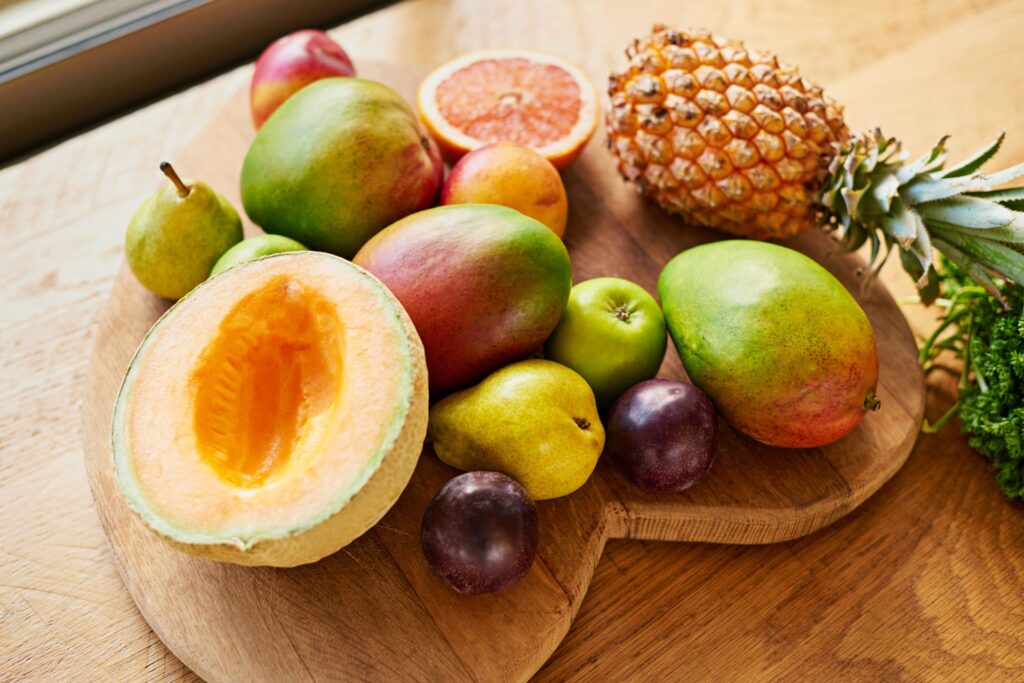A bright smile is more than just a cosmetic feature. It reflects good oral hygiene, overall health, and self-confidence. Over time, teeth can become dull due to lifestyle choices, diet, and aging. Keeping teeth bright requires both daily care and professional assistance from a dentist.
1. Professional Teeth Cleanings by a Dentist
Regular cleanings help maintain a bright smile by removing plaque and tartar buildup. A dentist uses specialized tools to eliminate stains that brushing alone cannot remove. Many people underestimate how much surface discoloration can be lifted through routine visits.
- The American Dental Association (ADA) recommends professional cleanings every six months.
- Plaque that hardens into tartar can only be removed by a dentist.
- Polishing techniques during cleanings help remove minor surface stains.
2. Best Whitening Toothpaste for Daily Use
Whitening toothpaste can help prevent stains from setting in. Some contain mild abrasives, while others use bleaching agents to lighten discoloration gradually. Not all whitening toothpaste products are equally effective, and some may cause sensitivity if used too frequently.
- Look for products with hydrogen peroxide or carbamide peroxide for better whitening effects.
- ADA-approved whitening toothpaste ensures safety and effectiveness.
- Overuse of abrasive toothpaste can erode enamel, leading to long-term sensitivity.
3. Foods That Keep Teeth White Naturally
Certain foods naturally help clean and strengthen teeth. Crunchy fruits and vegetables act as natural scrubbers, while dairy products provide essential minerals. Acidic and dark-colored foods should be limited to avoid staining.
- Apples, celery, and carrots help scrub away surface stains.
- Dairy products contain calcium and phosphates that strengthen enamel.
- Coffee, red wine, and berries contribute to deep staining over time.

4. At-Home Whitening Methods That Work
Over-the-counter whitening treatments can be effective when used correctly. Whitening strips, gels, and trays help remove deeper stains. However, excessive use can cause tooth sensitivity and gum irritation.
- Whitening strips provide a simple and effective solution when used in moderation.
- Custom trays from a dentist offer more even results than store-bought options.
- Charcoal-based products are abrasive and should be used cautiously.
5. Why Drinking Water Helps Oral Health
Water plays a crucial role in maintaining oral hygiene. It washes away food particles and neutralizes acids that cause tooth decay. Fluoridated water helps protect against cavities and strengthens enamel.
- Drinking water after meals reduces the risk of staining.
- Fluoride in tap water helps prevent tooth decay, as per CDC guidelines.
- Staying hydrated supports saliva production, which naturally cleanses teeth.
6. Regular Dental Checkups for Long-Term Results
Routine visits to a dentist help prevent and manage discoloration. Preventive treatments, such as fluoride applications and sealants, can keep teeth strong and resistant to stains. Early detection of oral health issues prevents further complications.
- Professional whitening treatments provide longer-lasting results than at-home methods.
- Dentists can identify underlying causes of discoloration, such as medication side effects.
- Sealants help protect enamel from staining and decay.

7. Avoiding Smoking and Tobacco for a Whiter Smile
Smoking is one of the leading causes of stubborn tooth stains. Nicotine and tar cause deep discoloration that is difficult to remove without professional treatment. Quitting tobacco use improves both oral health and overall well-being.
- Smoking causes yellow and brown stains that penetrate deep into enamel.
- Tobacco reduces saliva flow, increasing the risk of plaque buildup.
- Professional whitening can help, but stains will return if smoking continues.
Bright Smile Maintenance and Long-Term Benefits
Daily habits and professional care make a significant difference in maintaining a bright smile. Lifestyle choices impact how long teeth stay white, and regular dental care helps prevent irreversible staining. A commitment to oral hygiene leads to long-term results.
Key Takeaways for Maintaining a Brighter Smile
- Professional cleanings remove plaque and surface stains effectively.
- Whitening toothpaste helps maintain brightness but should be used carefully.
- Crunchy fruits, vegetables, and dairy support natural tooth whitening.
- At-home whitening products work best when used under professional guidance.
- Drinking water and staying hydrated aid in stain prevention.
- Regular dental checkups help catch issues before they become severe.
- Avoiding smoking prevents deep stains and improves oral health overall.
Frequently Asked Questions About Keeping Teeth White
How often should teeth be professionally cleaned?
The ADA recommends every six months, but some individuals may need more frequent cleanings depending on oral health conditions.
Is whitening toothpaste safe for daily use?
Yes, but toothpaste with strong abrasives should be used sparingly to prevent enamel erosion.
Can home remedies like baking soda whiten teeth effectively?
Baking soda can remove some surface stains but should not replace professional treatments or daily brushing.
Does drinking coffee through a straw help prevent stains?
Yes, using a straw reduces direct contact between the liquid and teeth, minimizing staining.
Are store-bought whitening kits as effective as professional treatments?
While they can lighten stains, professional treatments provide more consistent and longer-lasting results.

